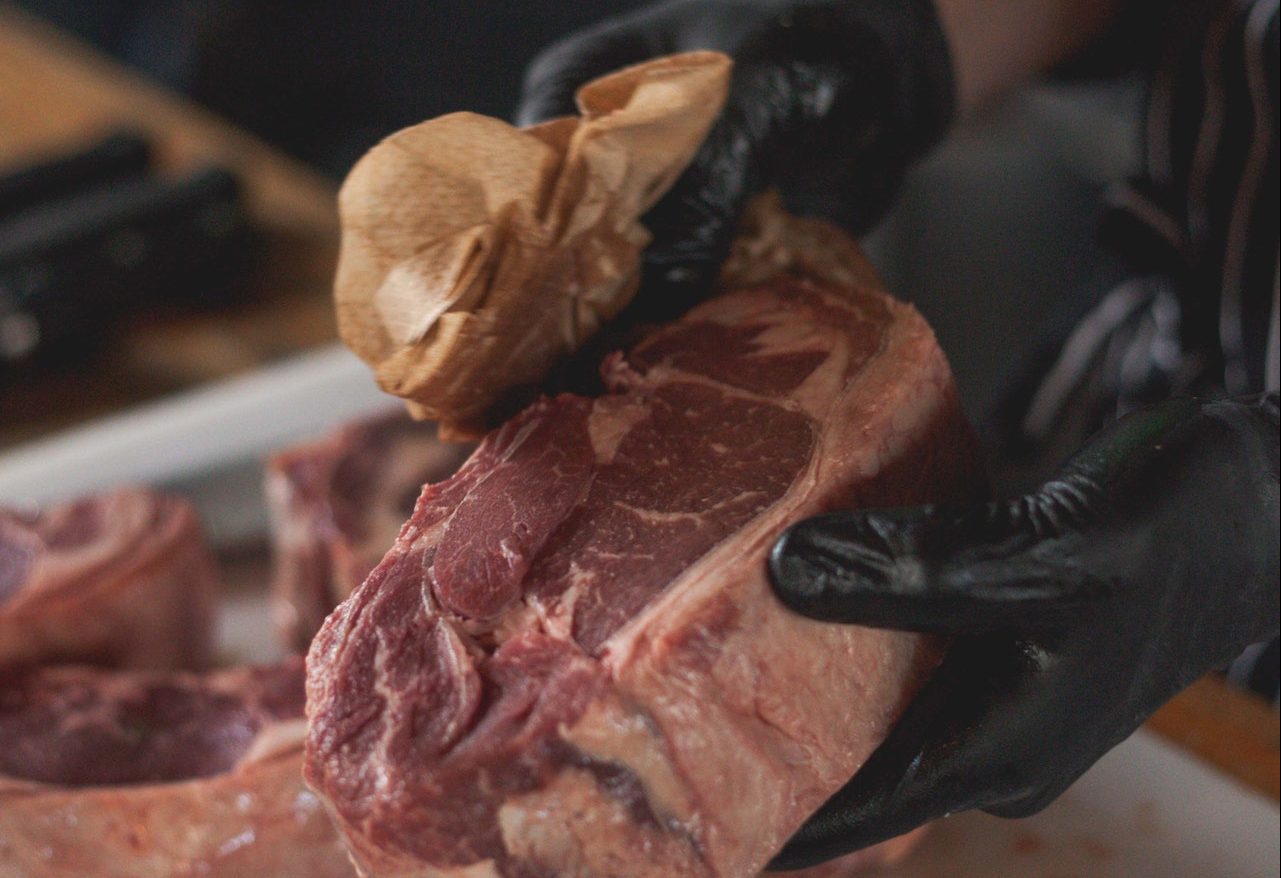Deprecated: Creation of dynamic property ILJ\Core\LinkBuilder::$multi_keyword_mode is deprecated in /home/c2041299c/public_html/wp-content/plugins/internal-links/core/linkbuilder.php on line 82
Deprecated: Creation of dynamic property ILJ\Core\LinkBuilder::$links_per_page is deprecated in /home/c2041299c/public_html/wp-content/plugins/internal-links/core/linkbuilder.php on line 83
Deprecated: Creation of dynamic property ILJ\Core\LinkBuilder::$links_per_target is deprecated in /home/c2041299c/public_html/wp-content/plugins/internal-links/core/linkbuilder.php on line 84
If you are planning to feed your dog with raw meat from the supermarket may seem like a simple and natural way to provide them with a nutritious diet. However, there are several factors to consider before making the switch to a raw diet. This blog post will explore the pros and cons of feeding your dog raw meat from the supermarket, as well as provide information on how to safely prepare and store the meat.
Pros
One of the main benefits of feeding your dog raw meat from the supermarket is that it is a natural and species-appropriate diet. Dogs are carnivores and have evolved to thrive on a diet of raw meat and bones. A raw diet can provide your dog with the essential nutrients they need for optimal health, such as protein, fat, and vitamins.
Another benefit of feeding your dog raw meat from the supermarket is that it is often less expensive than commercial dog food. Raw meat is readily available at most supermarkets and can be purchased in bulk, which can save you money in the long run. Additionally, many commercial dog foods contain fillers and preservatives that can be harmful to your dog’s health.
Cons
However, there are also several risks associated with feeding your dog raw meat from the supermarket. One of the main concerns is the risk of bacterial contamination. Raw meat can contain harmful bacteria such as salmonella and E. coli, which can cause serious illness in both dogs and humans. It’s important to take precautions when handling and preparing the raw meat to reduce the risk of contamination.
Another concern is the risk of nutritional deficiencies. While a raw diet can provide your dog with essential nutrients, it can also be lacking in certain vitamins and minerals that are essential for their health. This is why it’s important to consult with a veterinarian or a canine nutritionist before making the switch to a raw diet.
How to feed my dog with raw meat safely ?
To safely feed your dog raw meat from the supermarket, it’s important to follow these guidelines:
- Always choose high-quality, fresh meat from a reputable source. Look for meat that is free of any visible signs of spoilage, such as discoloration or bad smell.
- Handle and prepare the meat in a clean and sanitary environment. Use separate cutting boards, knives, and utensils for the raw meat to avoid cross-contamination.
- Keep the meat frozen until ready to use. This can help to kill any potential bacteria.
- Thoroughly cook the meat before feeding it to your dog. Cooking the meat will kill any potential bacteria and provide a safer option for your dog.
- Consult with a veterinarian or canine nutritionist before making any drastic changes to your dog’s diet. This will ensure that your dog is getting all the essential nutrients they need for optimal health.
It’s important to remember that feeding your dog raw meat from the supermarket is a personal choice that should be made with the help of a veterinarian or canine nutritionist. While a raw diet can provide your dog with essential nutrients, it can also pose a risk of bacterial contamination and nutritional deficiencies. By following proper handling and preparation guidelines, you can reduce the risk of contamination and provide your dog with a safe and nutritious diet.
Actually, feeding your dog raw meat from the supermarket can be a great way to provide them with a natural and species-appropriate diet. However, it’s important to consider the risks and take precautions to ensure the safety of both you and your dog. By consulting with a veterinarian or a canine nutritionist, and following proper handling and preparation guidelines, you can ensure that your dog is getting the essential nutrients they need for optimal health while reducing the risk of bacterial contamination.
